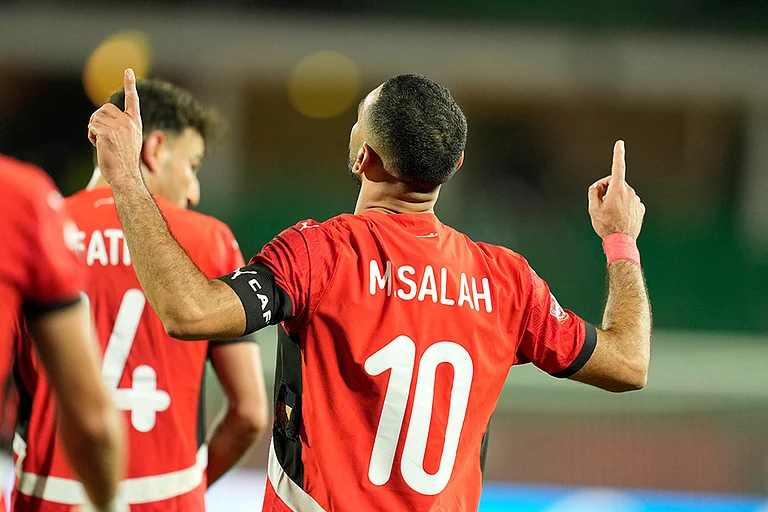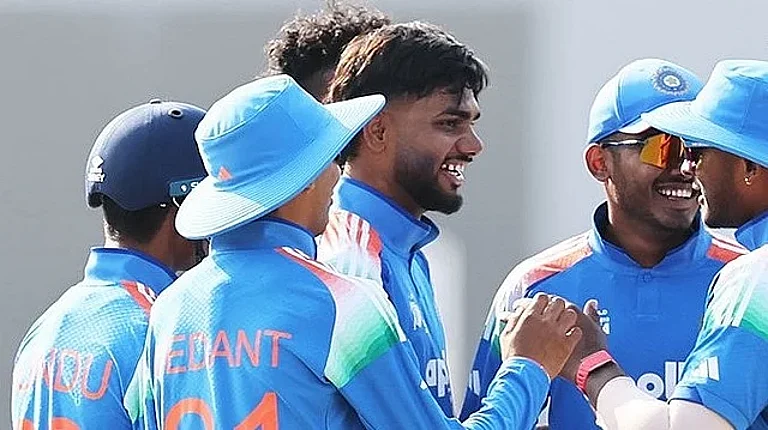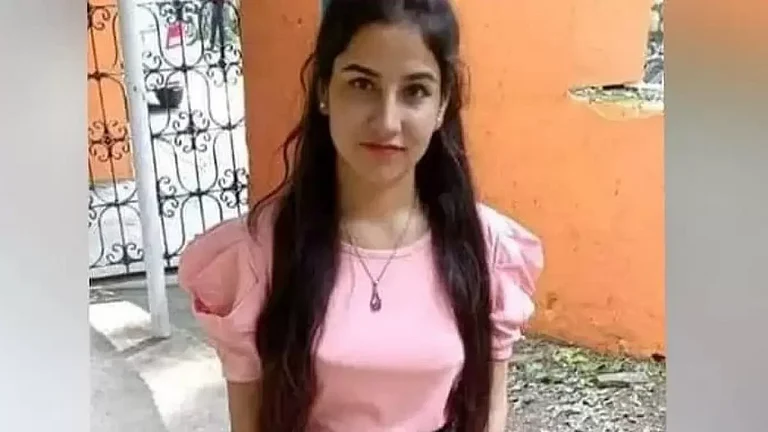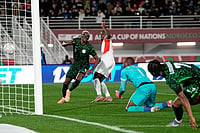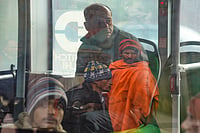- Political parties across India are vying with each other to build bigger, grander statues and memorials as symbols of regional pride, caste identity, and political clout
- The most expensive current projects are the proposed Rs 200-crore Shivaji Memorial in Mumbai and Mayawati’s Rs 1,200-crore Ambedkar Park in Lucknow
- Politicos hope such projects will divert attention from problems like farmer suicides and lack of healthcare, schools, water, electricity, roads in villages
***
But even as party goon-squads in Mumbai attacked Loksatta editor Kumar Ketkar’s house earlier this month, because he dared to suggest in his editorial that the crores being spent on the Shivaji statue might be better spent on tackling problems like farmer suicides, child malnutrition and unemployment in Maharashtra, another "statue drama" was taking place in Lucknow. A 12-foot bronze statue of chief minister Mayawati, which she herself had unveiled just six weeks earlier, was removed by workmen at midnight on June 1—the BSP supremo was apparently furious because it was too short, and also because her trademark handbag was missing. It was swiftly replaced with another statue, 15 feet high, and said to have cost around Rs 40 lakh.
Such commissions make sculptor Shravan Prajapati one of the busiest men in Lucknow: large parts of the city are currently being remade as Mayawati puts her stamp on it through dozens of new statues, monuments and memorial parks. Prajapati is a man for all seasons, having churned out statues for a series of UP chief ministers ear-lier. His workshop presents a surreal sight, cluttered with gigantic unfinished figures, and pairs of bronze spectacles to be put on Ambedkar statues. Not surprisingly, he is vocal in his support of Mayawati’s monumental projects: "It’s not what you read in books that matters, but what you see," he says. "Real social pride comes from building statues and monuments because you can literally see the stature your community has attained."
In her previous three stints as UP chief minister, between 1995 and 2003, Mayawati commissioned two dozen major statues, spent hundreds of crores on the Ambedkar Park, Ambedkar Stadium, and Ambedkar University, and set up statues of the Buddha, Dr Bhimrao Ambedkar, Chhatrapati Sahuji Maharaj and other Dalit icons at Parivartan Chowk, in Lucknow’s prestigious Hazratganj area.
This generated a competition in commemoration during Kalyan Singh’s second term as CM from 1997 to 1999. He commissioned 80 statues of Hindutva icons such as Shyama Prasad Mukherjee and Deen Dayal Upadhyaya. "He told me he wanted to leave no crossroads in UP where an Ambedkar statue could be put up," recalls Prajapati.
But the BJP’s statue-building spree hardly created a dent in Dr Ambedkar’s domination of UP’s statuescape—his bespectacled, suited figure can be seen not only in every town, but also in each of the nearly 30,000 Dalit-majority villages in the state. "He is our deity, this is our temple," says Radhey Lal, who lives in the Dalit-majority village of Daud Nagar, 10 km from Lucknow. "It is Ambedkar who gave us the rules by which we live our lives."
Mayawati has built on—and fed off—this feeling by creating places like the Prerna Bhavan, a ziggurat-like structure in the centre of Lucknow that serves as a temple to Dalit pride and, indeed to Mayawati herself. Within its halls, Ambedkar is flanked by bronze statues of Mayawati and BSP founder Kanshi Ram. And on its walls are bronze plaques with scenes from Mayawati’s life and her achievements.
"It’s just like heaven here!" sighs Janak Dulari, pradhan of Dalit village Khajauli, on a visit to Prerna Bhavan.
Mayawati’s monumental spree might be the most expensive—the new Ambedkar Park she is building is to cost Rs 1,200 crore just by itself—but she is not alone in allotting huge amounts to such projects. In Andhra Pradesh, with elections due in under a year, Chandrababu Naidu has in the past month alone unveiled several new statues of his late father-in-law N.T. Rama Rao, in a bid to whip up Telugu pride, and to establish his claim as the sole inheritor of ntr’s political legacy. ntr himself was no stranger to the art of statue politics. As chief minister, he commissioned a slew of statues of important poets, freedom fighters, social activists and mythological figures along the Tank Bund, right in the centre of Hyderabad. And more than half a dozen of them bear an unmistakable resemblance to ntr himself.
In neighbouring Tamil Nadu, superstition has prevented the political leaders of today, Jayalalitha and M. Karunanidhi, from erecting statues of themselves—instead they’ve gone for giant cutouts which loom over Chennai. But countless statues of other icons of the Dravidian movement are found across the state. "Every street in every village, town and city in Tamil Nadu has a statue of Periyar, Annadurai and M.G. Ramachandran," laughs the state’s assistant director in charge of memorials. Recently, with the growing clout of the Viduthalai Chiruthai Katchi, whose head Thol Thirumavalavan is emerging as a militant Dalit leader, new statues of Ambedkar are proliferating. Sculptor Mani Nagappa, 84, of Chennai, is currently working on three of them, and in the past has cast no less than 600 statues of Tamil icons, including one of Sivaji Ganesan, the late actor, which recently joined the pantheon on the 12 km stretch along Marina Beach in Chennai. Nagappa, incidentally, is the father-in-law of tennis player-turned-Hollywood producer Ashok Amritraj.
If statue-building is a favourite sport among political parties in Tamil Nadu, so is vandalism—Ambedkar statues are a regular target, and so are those of Muthuramalinga Thevar, late leader of the large and influential Thevar community. Karunanidhi’s sole statue in Anna Salai was destroyed in the mob fury after MGR’s death.
The one statue in the state that has remained inviolate—and may well have inspired the mammoth Shivaji project in Mumbai—is that of Tamil poet Thiruvalluvar, who wrote the Tirukkural, a compilation of 1,330 couplets which serves as an ethical guide.
Standing 133 feet tall, with shoulders 30 feet wide and sporting a majestic five-foot hairdo, it stands on a small island near Kanyakumari where the Bay of Bengal, the Arabian Sea, and the Indian Ocean meet.
Historian Ramachandra Guha is dismissive of the phenomenon: "By spending crores in trying to outdo each other in building grand statues and memorials, it’s the old bread and circuses game that parties are playing to deflect attention from real issues by stoking regional or caste pride."
But political parties are fooling themselves if they think statues are the new opium of the masses. As UP villager Radhey Lal says, "I venerate the Ambedkar statue in my village, but it’s not going to put food in my children’s mouth. And where’s the water and road that Mayawati promised our village? Why can’t some of the crores she’s spending on statues be spent on just the basic needs of millions of poor people like us?"
By Omair Ahmad with Sharat Pradhan in Lucknow, Pushpa Iyengar in Chennai and Madhavi Tata in Hyderabad






